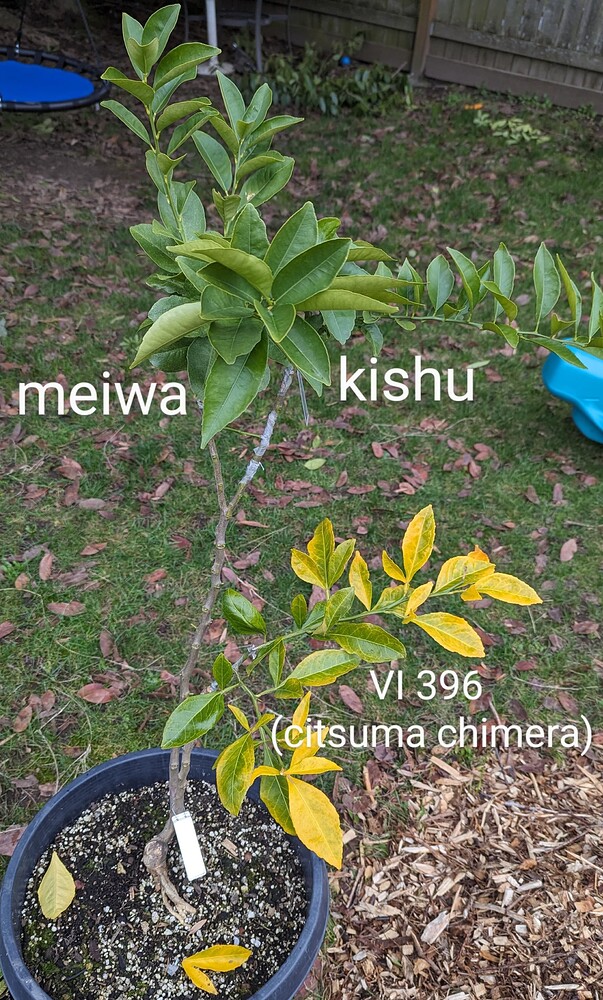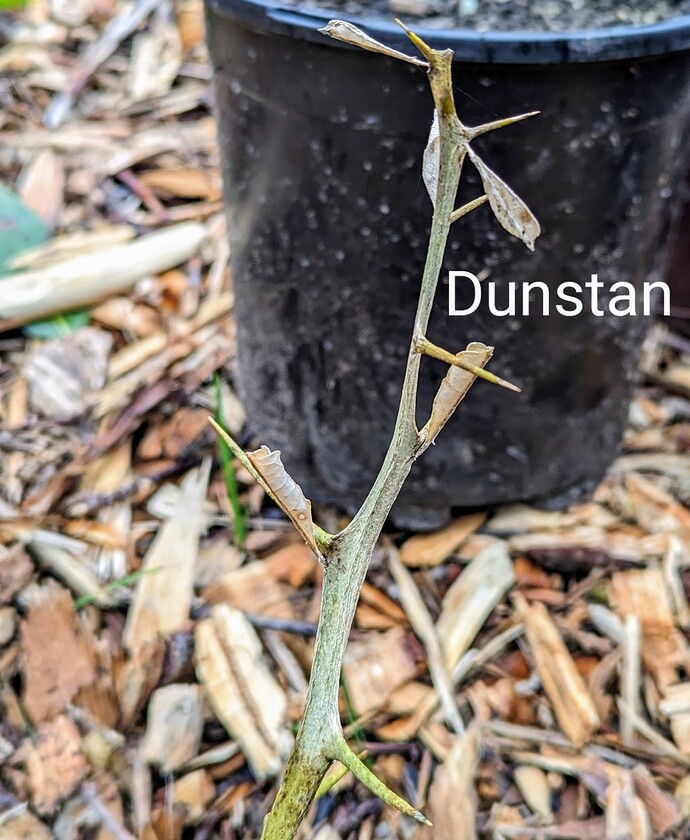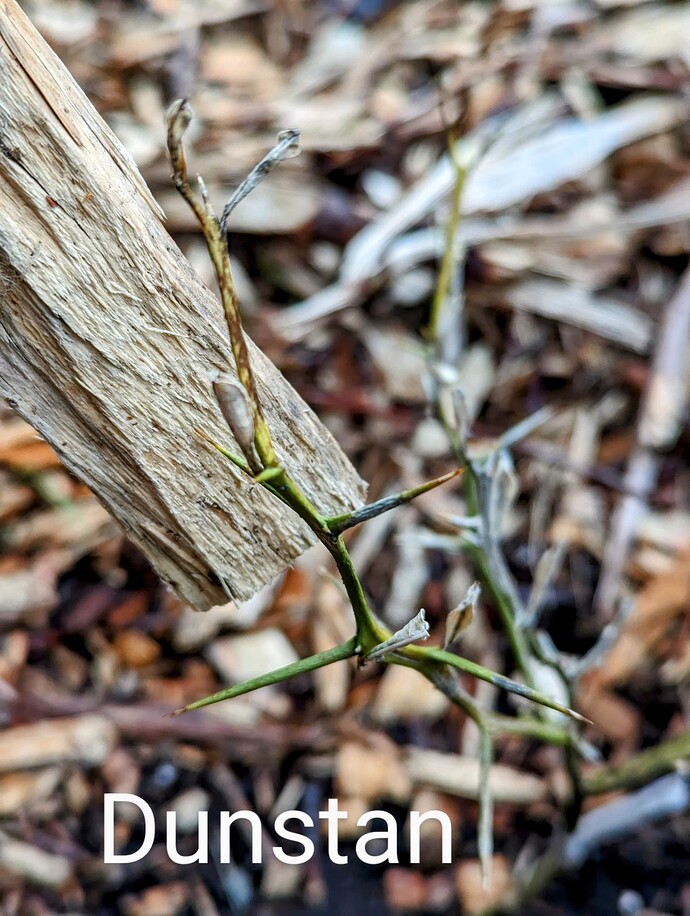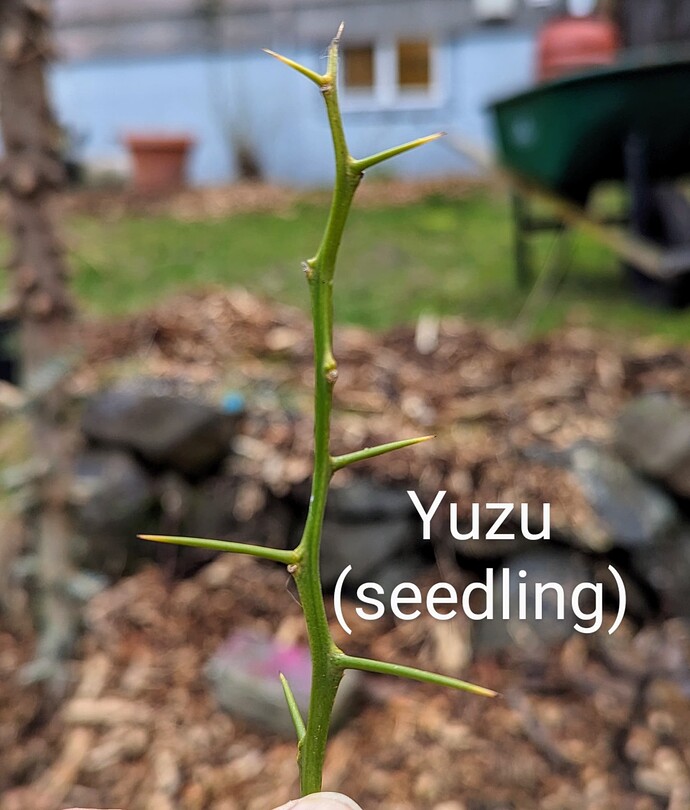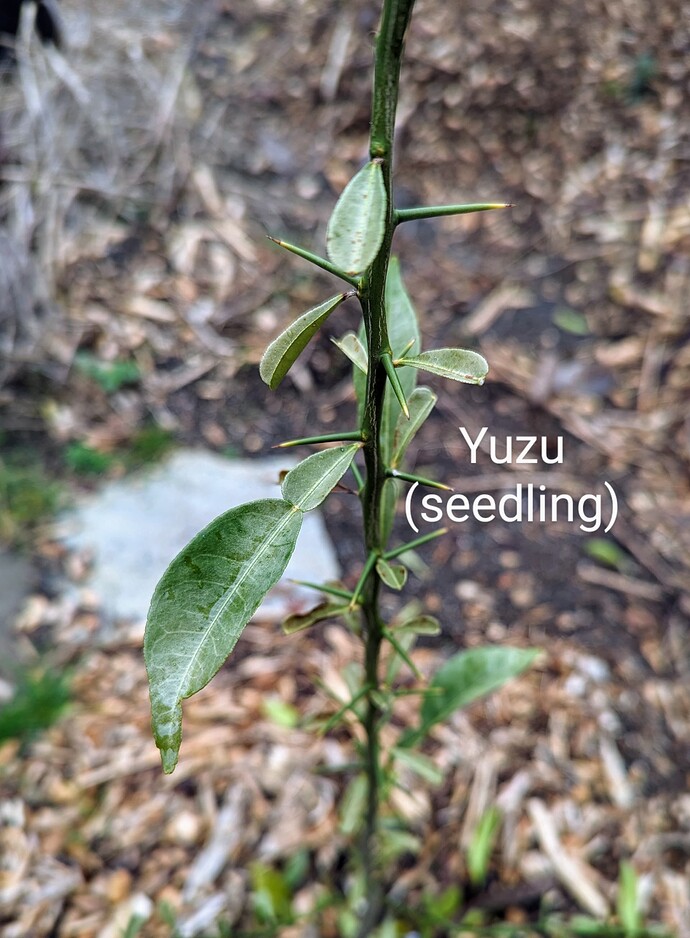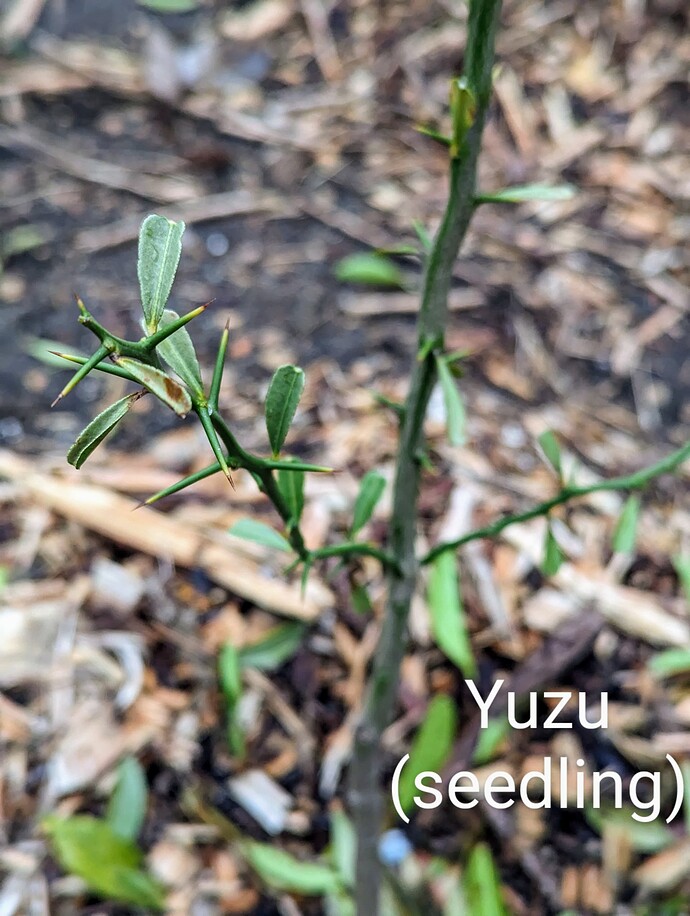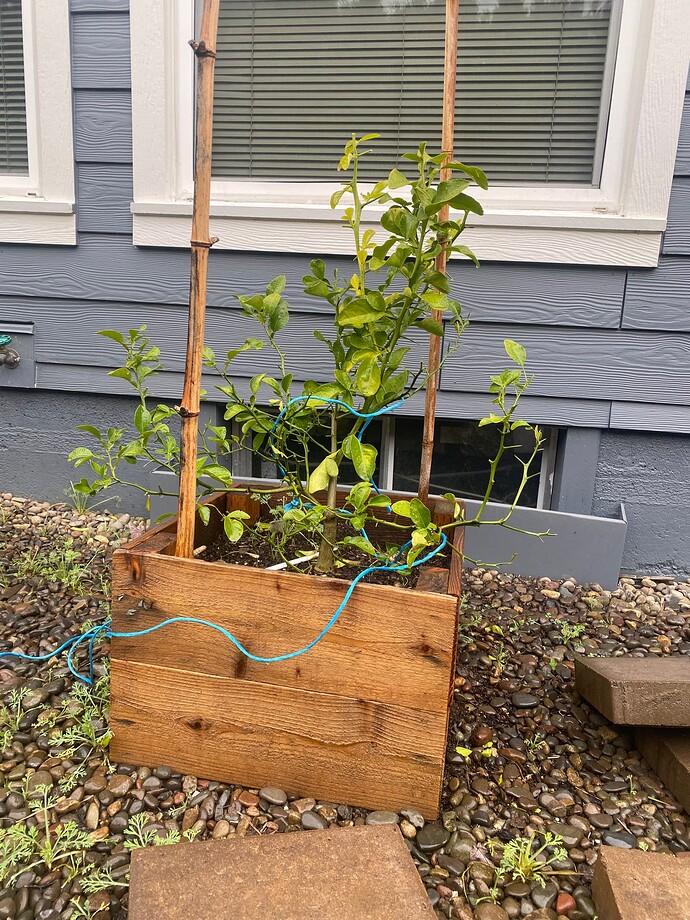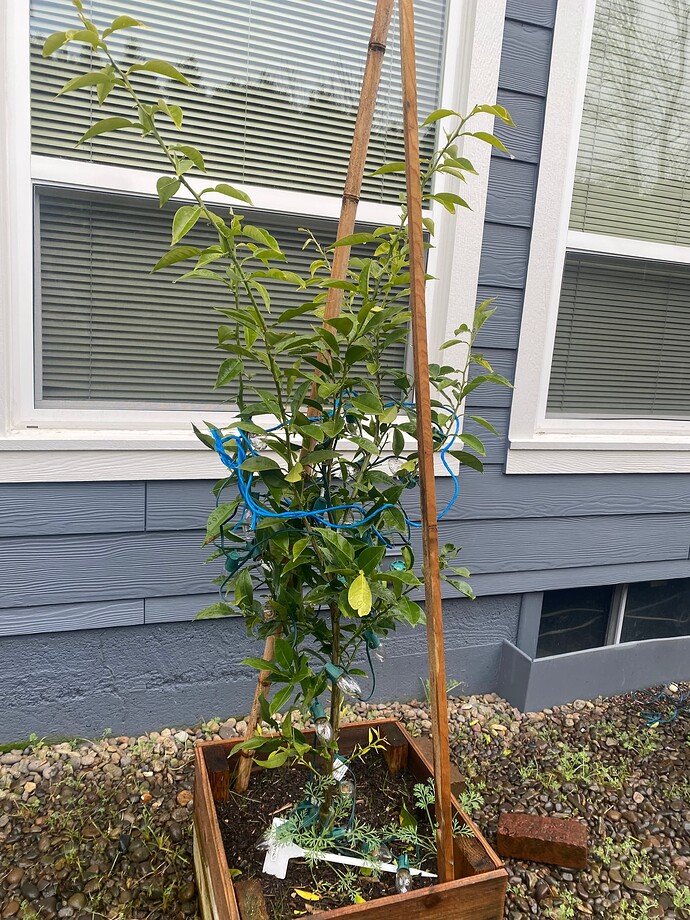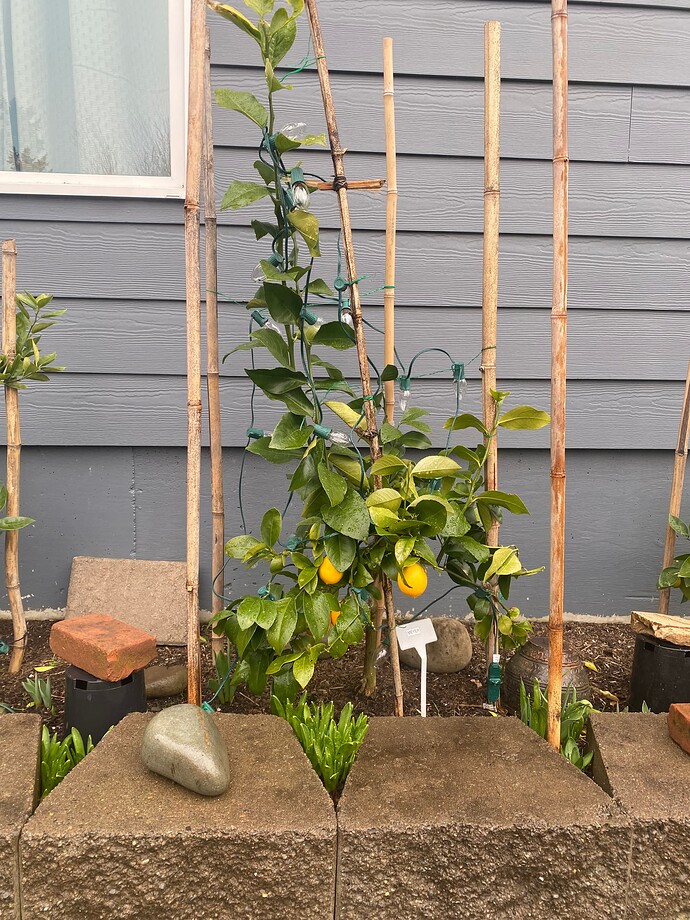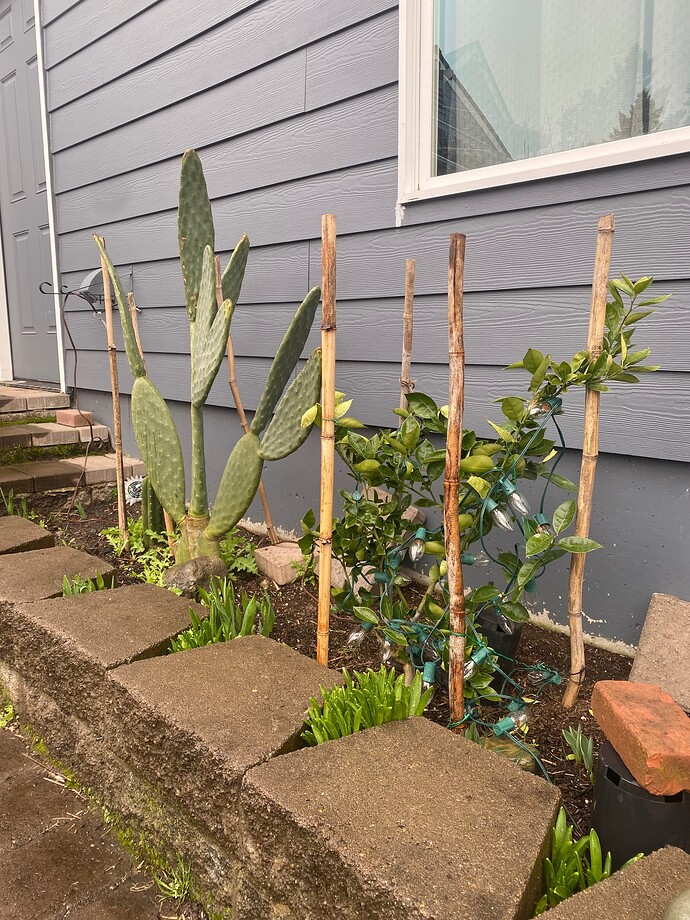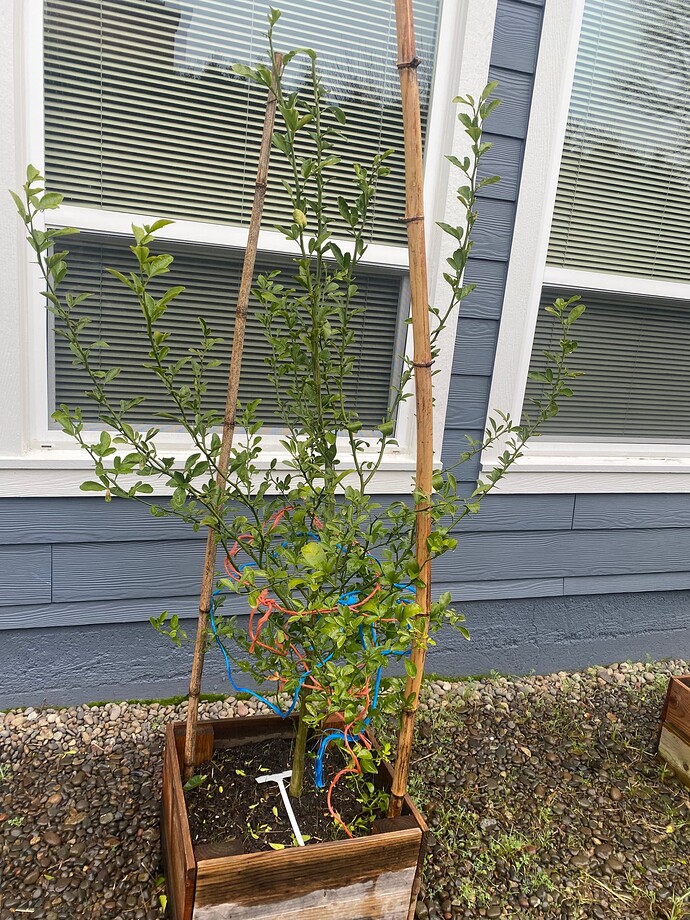Yup, Seattle.
Any update on ur citrus? Im in PDX area so kinda interested to see how you do.
Hi Stan, do you know when you will be having the prague available? Is it possible to preorder?
All of my citrus are in very good shape. Our coldest night of the winter so far has been 17F and that was of short duration. This was just before sunrise and after the sun came up we were back into the high 30’s so everything is looking good, hoping for a big crop on my trees.
Im no sure when I will have prague available again. they are very slow to grow from grafting. I have a few dozen that were grafted in August that still havent started growing. Im hoping with longer day lenght and warmer temps, that they will decide to start growing. The budsticks are still green which means the graft was succesful, but so far, no growth. I dont do pre sales… sorry
Hey Stan…
Is it normal for the Prague to lose some leaves during the cold season? This one has lost about 2/3 of its leaves since the beginning of December.
I’ve noticed that the leaves get a very bright yellow color in the center and then eventually some fall off. Have you seen this tendency in other Pragues? Since it has trifoliata genetics, I was wondering if deciduousness is a common trait for these chimeras.
Besides this leaf drop the tree otherwise looks very healthy.
It put on significant growth last summer. And most of that new growth looks fantastic. The only exception is a branch that grew in early autumn. That branch turned yellow after the first cold snap and then turned brown soon after. I snipped it off because it seemed like it was gonna fall off anyway.
Unless what I’ve described seems out of sorts I’d say the Prague has done this past year. What do you think?
Perfectly normal. By the end of winter, it will be almost bare branches… It never will be a lush tree co vered with lots of leaves.
I’ve noticed the same yellowing and leaf drop on the VI 396 citsuma (or “citrondarin” as they call it) from CCPP, which I have on a multi-graft container tree that I’ve kept in the greenhouse for any freezing nights:
As another update for @DmanGardener, the Dunstan citrumelo is looking pretty sad, it might be killed above ground, but I’m hoping at least the roots are ok:
The yuzu seedling looks completely fine stem-wise, though it has shed most of the leaves, especially the second segment on most leaves:
I neglected to walk over to the side of the yard with the mystery satsuma to take a photo, but it looks pretty dead, at least above ground. Since it’s on its own roots, though, maybe it’ll come back in spring.
That sucks. My dunstan did fine during the cold snap without any heat source. But it is significantly older than the one you have, and also grafted on flying dragon.
My yuzus seedlings all survived uncovered. Though I cover and use lights for my fruiting yuzu on flying dragon rootstock. I don’t want to risk losing all that good fruit. I only add protection to the fruiting yuzu if the temp is below 20, so only a handful of nights each winter.
The Carrizo orange i leave unprotected. It was fully exposed to this horrible cold snap and just keeps on living. It’s a 6 year old seedling so I hope to have fruit soon.
The sudachis, meyer lemon, trovita orange, owari and lila avocado all get covered with lights when the temp drops below 25.
This spring I’ll be adding a kinkoji and satsuma called xie Shan mandarin (these mandarin ripen in September and are as hardy as sudachi).
Do you know what your lowest temperature was? Mine looked fine after 17°F but I could see blistering on the green stems after 14.7°F, and the leaves started dropping right around the end of the 6-day freeze.
Obviously these should be of similar hardiness, since your tree was the source of the cutting that I rooted. I do not believe that grafting on trifoliate (including FD) imparts any additional hardiness, but yours does look to be planted near a house. Mine is out in the middle of the yard with total sky exposure to the north.
I was under the impression that flying dragon imparted extra hardiness. Hmm? Learned something new. It does add dwarfing right? And what about dormancy? Do you know if the flying dragon being deciduous imparts any kind of enhanced dormancy?
As for the lowest temp it was 16 here. That’s the coldest it’s been here since I moved in. I theorize that it wasn’t just the ultimate low that was a problem, but the duration below freezing. We stayed at 18 degrees for nearly 36 hours. And when it finally did ‘warm’ up it only got to 28 for another 24 hours. So the Myrtle you gave me got lots of leaf burn, as did the Chilean guavas.
I’m particularly impressed with the sudachi. I have a neighbor who almost never covers his sudachi and he gets a nice crop every fall. This last cold snap was the first time he’d ever covered it. He has it growing right beside the front door with a full south exposure.
I’m also very impressed with satsumas and meyer lemons. I don’t cover and turn on lights until 25 and they have zero die back and the fruit isn’t damaged either. They don’t bloom during winter like in the greenhouse, but they set plenty of fruit in spring for a fall harvest.
You might want to consider growing the Xie Shan mandarin. It ripens in September for us so it’s ideal for the PNW maritime region. If you are willing to cover a handful of nights each winter you can get pretty phenomenal crops of meyer, sudachi, satsuma and trovita. If you grow them in the method of Bob Duncan you’ll do excellent.
If you want any cuttings let me know.
The Carrizo is by far the big winner. No protection at all and looks happy as a clam. Though after talking to many people I have my doubts about the fruit quality. At least it will have fragrant blooms wafting into the living room. And a few people say it’s definitely good enough for cooking. We shall see. Maybe blooms this spring. ![]()
Here’s the Carrizo
I don’t know about dormancy, but in general there is no rootstock that increases the hardiness of any grafted variety for any species, period. It’s a myth that has been repeated but is simply not true. The rootstock can control the uptake and flow of nutrients, thereby controlling the size, but if the grafted variety will be damaged by a certain temperature, it will have that same level of damage regardless of rootstock.
Thanks for all the pictures and updates! Looks like you have a nice setup for all of your trees. Are you out here in PNW as well?
Yes it does, yet only because it forces whatever you graft to it to go dormant, even if it’s not in the nature of what you graft to it, to do so.
Are there some citrus that don’t go dormant in winter? All of mine that have been outside or in the greenhouse went dormant, none are grafted on trifoliate. Actually, the only thing that kept growing until the first bad freeze was my (ungrafted) trifoliate seedling! But even though that was actively growing, it of course suffered no damage.
Xie Shan has been my best producer,so far.More like December ripening,where I’m at.
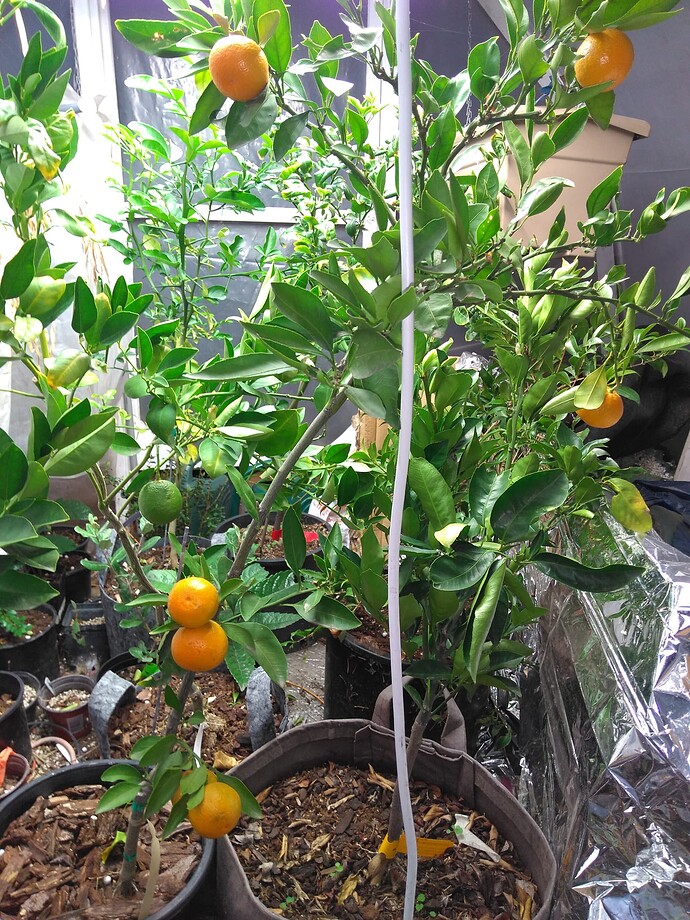
Some people argue that no citrus goes dormant, not even trifoliate orange, most if not all citrus, they fail to go in to a full and complete dormancy. Just because a plant looses it’s leaves does not mean that it’s fully dormant. Just like their is deep sleep, and then there is partially awake sleep. Trifoliate orange plants in general they go in to a deeper level of dormancy than most other citrus do. I don’t think that there has been a study done that has found out if it’s a 100% dormancy or not. The closer to a 100% dormancy, the more cold hardy, although things other than dormancy level can effect how cold hardy a plant is. I forgot to mention earlier that grafting to trifoliate oranges can also make a variety start to go dormant a little earlier, and to wake up a little later. Which also in it’s self can add some cold hardiness.
I suspect that winter dormancy is more of a problem on the east coast than here. Our summer lows are rarely above the upper 50s °F, so our growing season for citrus is pretty short, and even in my greenhouse, the lows are usually in the 40s most nights by the end of September, and often in the upper 30s by late October. If anything, I might want a rootstock here that encourages the tree to keep growing for longer! It’s very rare for winter lows to ever exceed the low 50s. The daily records for warmest low are mostly in the upper 40s for Dec/Jan/Feb.
And all I meant by dormant is “zero new bud development.” So I’m sure the tree isn’t truly dormant since even trifoliate continues to photosynthesize with the green stems, and any citrus that stays evergreen is going to continue doing that even more so.
Rangpur lime (Citrus limonia) sounds like it’s a great dwarfing root stock for pots. Not sure if it shortens the growing season.
So far my strategy has been trying to get things on their own roots as much as possible, just in case they are killed to ground level or below, but I have no idea which types of citrus have lousy roots of their own.
